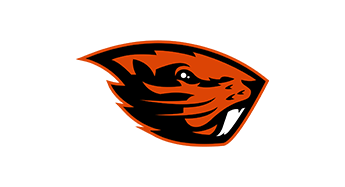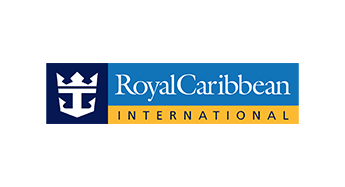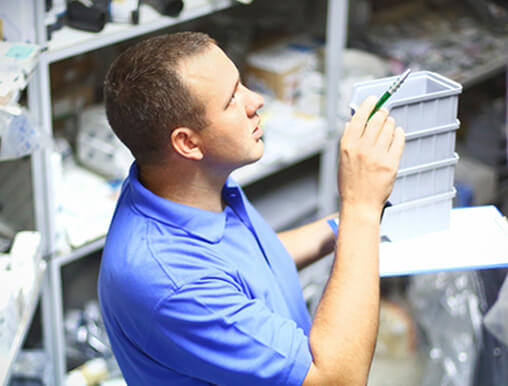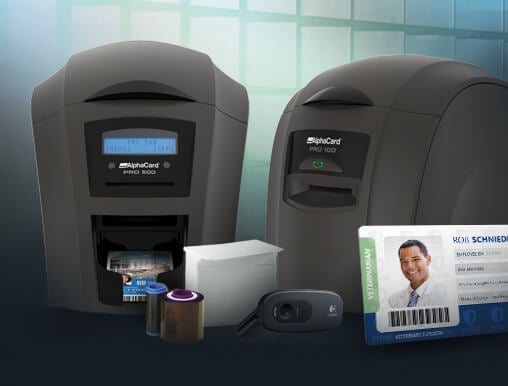Providing high-quality customer service is the key to running any successful business, particularly in the retail industry. Utilizing data capture, printing and point-of-sale solutions will enhance your customers’ in-store experience, while streamlining your back-office operations and inventory control.
Retail barcode applications increase efficiency and enhance customer service. The following examples are common applications in retail.
Self Service: Customers have grown accustomed to serving themselves. McDonald’s got us to throw away our trash and banks converted us from using tellers to ATM’s. Retail customers are increasingly choosing to serve themselves. Kiosks are becoming common. Customers can determine/verify product pricing, view online promotions and advertising, locate products, and access frequent shopper program information. With kiosks, customers can view a much wider assortment of merchandise that can be accommodated on the sales floor. Retailers can offer more colors, sizes, flavors and options. Kiosks allow for offering complementary products to standard store offerings. Customers can also quickly find what they want. The retailer can provide additional product information – including specifications, price comparisons and product reviews. Customers can perform transactions such as buying a gift card or applying for a credit card on a kiosk. Handheld computers can read barcodes on products in the store, and calculate a running total of the bill as customers shop. More customers can be served quicker by fewer people when self-checkout systems are implemented, resulting in long-term cost savings. Self-checkout is an example of how technology has increased margins for retailers.
Some applications and services include:
- Self Checkout
- Credit and Job Applications
- Product Specifications and Explanation
- Price Verification/Lookup
- Product Locator
- Gift Registry
- Customer Surveys
- Loyalty Cards
Retailers can also use kiosks for store operations that increase employee efficiency. Employees can have in-aisle access to product data and enter stock alerts (over/under), obtain SKU details, clock-in/-out and view work.
Loyalty Card: Frequent shopper cards enable the tracking of repeat customer preferences and allow retailers to offer special discounts and offers to their loyal customers. Keeping good, repeat customers is much more profitable than advertising/promoting to attract new ones.
Point-of-Sale: Point-of-Sale (POS) is where the sale transaction takes place. The typical place for the sale is the traditional POS or cash register, but POS is much more flexible today. A POS transaction can take place almost anywhere, including:
Point of Sale Station: The traditional method is usually at a fixed location and can consist of many different peripherals.
- Cash Register
- Cash Drawer
- Point of Sale Software
- Point of Sale Terminal
- Receipt Printer
- Receipt Paper
- Point of Sale Keyboard
- MICR Check Reader
- Point of Sale Monitor
- Credit Card Reader
- Signature Capture Pad
- Customer and Pole Display
- Scales
- Touchscreen
- Surge Protector
Line Busting: Line busting allows an employee with a wireless device and portable printer to scan customer purchases while the customer is waiting in line. The information is sent to the POS station associated with the line that customer is in, and a printed ticket is given to the customer. The customer only needs to pay when they get to the register/POS station.
Portable Point of Sale: A complete transaction can be performed as a customer is standing in line or at an express station, with a pen-based wireless data device, receipt printer and credit card reader. An employee scans the merchandise using the wireless device, swipes the credit card, captures their signature on the portable device, and prints the receipt. A wireless network allows credit or debit card transaction verification.
Portable Point-of-Sale:
- Decreases customer wait time
- Shortens long lines
- Enhances customer satisfaction
- Assists with outside sales e.g. nurseries, gardens
Shelf Price Verification: Displaying the correct price on the shelf, promotional signs and at the POS is an ongoing challenge. A wireless device with an integrated scanner can scan the shelf tag, then a price lookup is made and displayed on the portable device providing a quick, accurate match. If the price from the lookup and the shelf are different, a label could be printed on the spot, using a portable barcode printer, to replace the existing label. RFID technology allows for instantaneous matching and correcting. The Department of Weights and Measure randomly inspects for pricing accuracy and incorrect prices cause future audits and potentially large fines.
Point-of-Service: Point-of-Service provides store associates with mobility enabling them to interact with customers directly on the sales floor. When an associate is able to play a stronger consultative role and interact more directly with the customer, the sale is easier to close and the customer experience is enhanced. Applications include:
Sales Assistant: Reading a product barcode with a pen-based portable device can provide additional information about the product, which is valuable for training sales personnel and as an ongoing support tool. The sales associate does not need to leave the customer to acquire information. Suggestions for additional purchases support the initial sale. For example, when a customer buys paint, the portable device may be used to remind the sales person to suggest brushes, tape, scrapers, sand paper, drop cloths etc. Employees can easily accommodate more complicated and highly technical sales opportunities.
Benefits include:
- Sales increase
- Higher customer satisfaction
- Assistance in employee training
- Overcoming technical considerations
- Providing a total solution and cross-selling with a checklist
- Maintaining the customer’s interest level when considering a potential purchase
Product Movement: Provides the opportunity to analyze various product placements, and can help with tracking sales volume. Inventory can be easily tracked in-the back room and on the sales floor, facilitating receiving, shipping, replenishment and taking inventory. Pen-based portable devices can be used as an informational tool for managers while on the floor to gain access to sales information concerning products in each department. The information helps in deciding to reposition products that are selling well or need more exposure.
Benefits include:
- Analysis of the sales volume of a particular item
- Track higher margin products
Customer Relationship Management (CRM): Data collected on customer purchases assists retailers in refining product offerings, pricing strategies, and marketing campaigns. Retailers can do mass one-to-one marketing through direct mail, e-mail and other techniques. Using CRM software allows retailers to collect and analyze this valuable customer.
Benefits include:
- Knowing customers and their buying habits
- More effective pricing and marketing




















